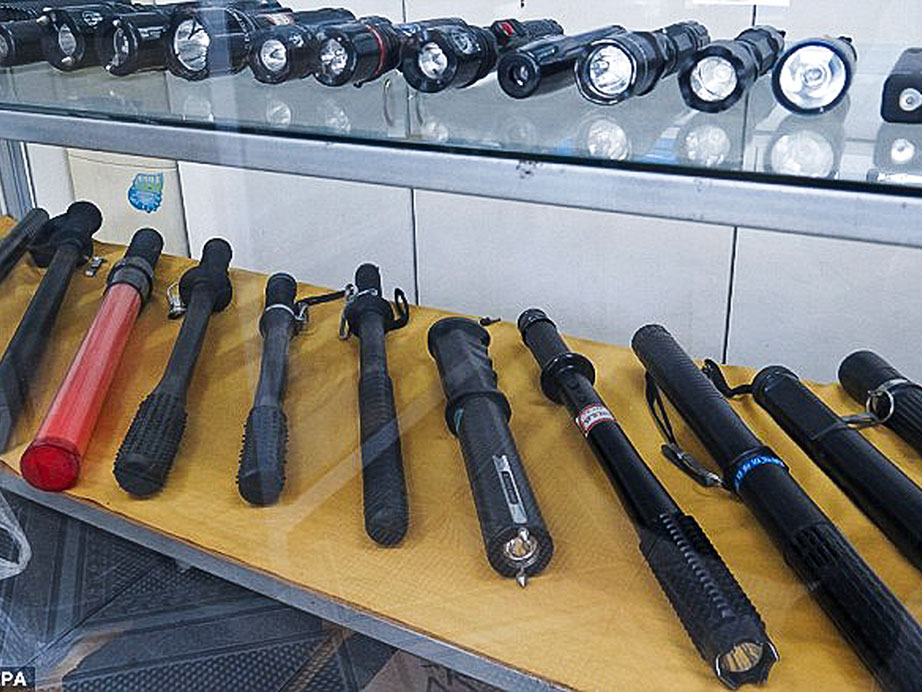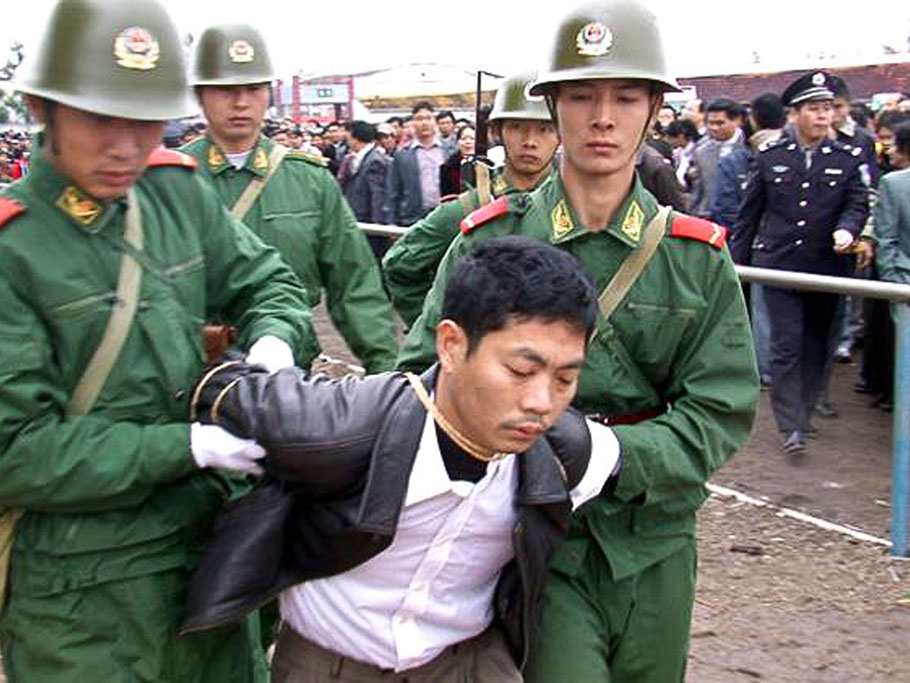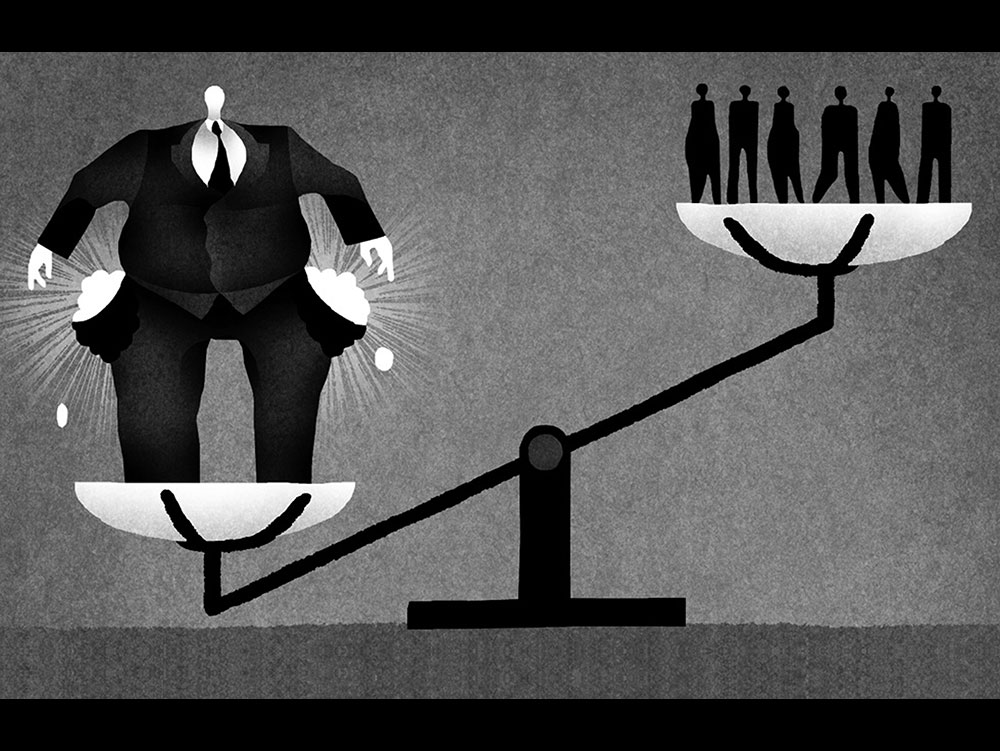Further east, 127 people died and almost 2,000 were reported missing on August 8 after mudslides in north-western China. At least one village in Gansu province was buried entirely in mud forcing 45,000 people to evacuate. One half of Zhouqu County was submerged by flood waters which forced 50,000 to flee their homes. The flood waters swept away cars, trucks and even houses. According to figures issued by the Chinese government, the number of people who have died in flooding in the first seven months of 2010 stood at more than 2,000. The number of people forced out of their homes by the recent flooding has reached 12 million. Poland, Germany and the Czech Republic have also been hit by extreme weather events. On August 7, 2010, torrential rain caused rivers to burst their banks in south western Poland, submerging towns and causing at least 3 fatalities. Further east in Russia, the problem is not excessive rain or floods, but the opposite, a prolonged heatwave with temperatures at record levels of 38 degrees Celsius. These have led to numerous forest and peat fires right across the country. A government minister, Sergei Shoigi, told the media that there were more than 550 fires, covering 17,000 hectares, burning across Russia. As a consequence, Moscow and its many landmarks, such as the Kremlin, have been shrouded in a toxic smog for weeks. Further south, there are fears that the fires could release radioactive nuclides from the land contaminated by the Chernobyl nuclear accident. We can include in the list the severe drought which is causing hunger and malnutrition in the eastern Sahel in West Africa. It is estimated that 10 million people are affected in four different countries. In Niger, the worst affected area, it is estimated that 7.1 million people are hungry and facing a bleak future as livestock have been lost and food prices are soaring. This catastrophe has received very little coverage in western media. In Latin America, in April 2010, heavy rains in the state of Rio de Janeiro caused floods and mudslides leading to the death of at least 212 people. In June, Brazil experienced severe floods once again, this time in the states of Alagoas and Pernambuco in the north eastern part of Brazil. At least 1,000 people died or were reported missing. Another spectacular event happened on August 5, 2010, when a section of the Petermann Glacier on the north western coast of Greenland, measuring 97 square miles, broke off. While there is nothing new in icebergs ‘calving’ this is the largest break off since 1962. Robert Bindschadler, a senior research scientist at MASA Goddard Space Flight Center, points out that changes in calving will happen as climate changes because the environment is changing.” Peter Scott, who is head of climate monitoring and attribution at the Met Office, has been sifting through the data on the extreme weather events during the past few months in Asia and Russia. He writes that, “evidence, including in India and






